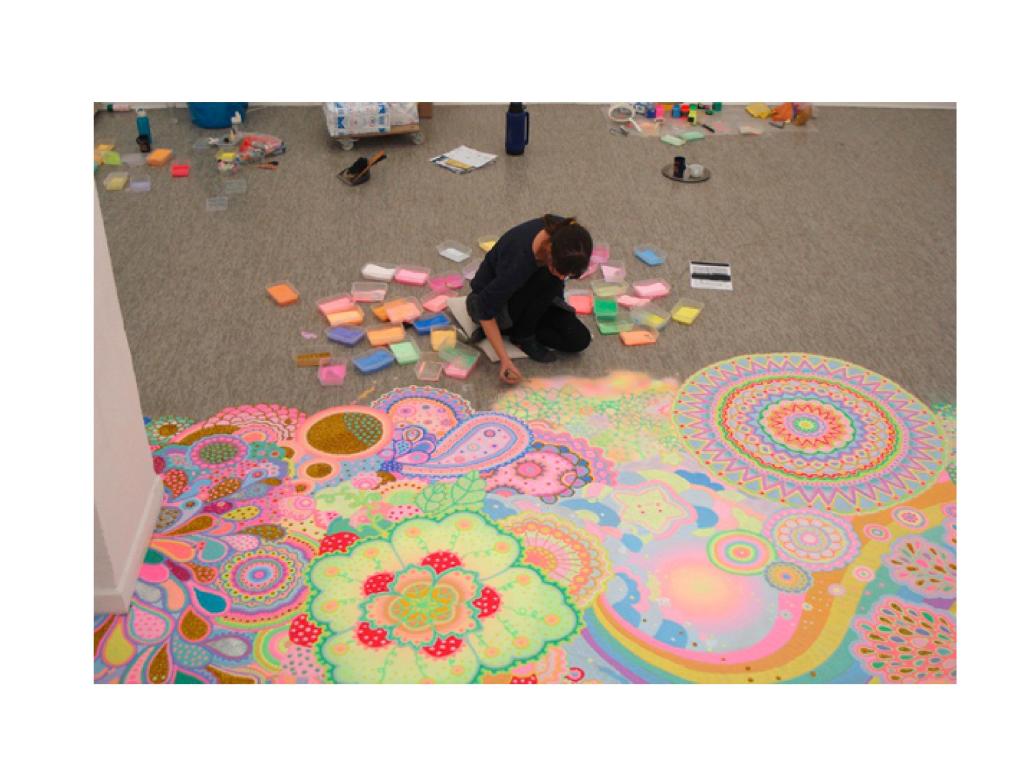Sand Art: A Guide to Creativity and Expression
Introduction:
Sand art is a captivating and expressive form of artwork that has been practiced for centuries. From ancient civilizations to modern artists, people have used sand as a medium to create intricate designs, landscapes, and even temporary sculptures. In this guide, we will delve into the world of sand art, exploring its history, techniques, and ways you can try your hand at this creative endeavor.
Chapter 1: A Brief History of Sand Art
Sand art has roots in various cultures across the globe. One prominent example is “mandala,” a Sanskrit word meaning “circle.” Mandalas are geometric patterns created using colored sands by Tibetan monks as part of their spiritual practices. These intricate designs symbolize unity, harmony, and balance.
Another notable influence on sand art comes from Native American tribes in the southwestern United States. Navajo sand paintings depict complex scenes with religious significance. Traditionally made for healing ceremonies or rituals, these artworks are created layer by layer with different colors of sand poured onto a flat surface.
Chapter 2: Essential Tools and Materials
Before diving into creating your own sand art masterpiece, it’s important to gather the necessary tools and materials:
1. Sand: The type of sand you use plays a significant role in your artwork’s outcome. Fine-grained sands work best for detailed designs while coarser grains may be suitable for larger-scale projects.
2. Containers: Choose containers with narrow spouts or nozzles to control the flow of the sand accurately during pouring.
3. Colored Sand: You can purchase pre-colored sands from craft stores or make your own by mixing dry pigment powders with regular white beach sand.
4. Funnel or Scoop: A funnel or scoop helps pour the colored sands smoothly into containers without any spillage.
5. Brushes and Stylus Tools: These tools allow you to manipulate the layered sands while creating intricate patterns or designs.
Chapter 3: Techniques and Styles
1. Layering Technique: Start by creating layers of different colored sands in a clear container or on a flat surface. Use the funnel or scoop to pour the sand gently, ensuring even distribution. Experiment with various colors and thicknesses to achieve desired effects.
2. Etching Technique: Once you’ve layered the sand, use brushes, stylus tools, or even your fingers to create intricate patterns by removing some of the top layers of sand. This technique allows for greater detail and precision in your design.
3. Shaking Technique: For a more dynamic effect, try adding multiple colors into one container and shaking it gently. As you shake, the sands will blend and create beautiful swirls and gradients.
4. Sculpting Technique: Sand sculpting involves shaping wet sand into temporary sculptures using molds or your hands. This technique often requires specialized skills but can be a rewarding endeavor for those interested in three-dimensional art forms.
Chapter 4: Tips for Creating Sand Art
1. Plan Your Design: Before starting any project, it’s helpful to sketch out your design idea on paper first. This helps visualize how different elements will come together and ensures smoother execution during creation.
2. Practice Patience: Working with sand art requires steady hands and patience as mistakes are not easily rectified once sands are poured or layered incorrectly.
3. Experiment with Color Combinations: Don’t shy away from trying out various color combinations to add depth and visual interest to your artwork.
4. Protect Your Creation: To preserve your finished artwork longer, consider sealing it with an adhesive spray designed specifically for this purpose.
5. Embrace Impermanence: Remember that sand art is typically ephemeral; therefore, embrace its transient nature as part of its beauty rather than being attached solely to its longevity.
Conclusion:
Sand art offers endless possibilities for creativity and self-expression through unique techniques such as layering, etching, shaking, and sculpting. By understanding its history and gathering the necessary tools, you can embark on a journey to create stunning sand art pieces that captivate both yourself and others. So go ahead, let your imagination run wild in the mesmerizing world of sand art!

Leave a comment